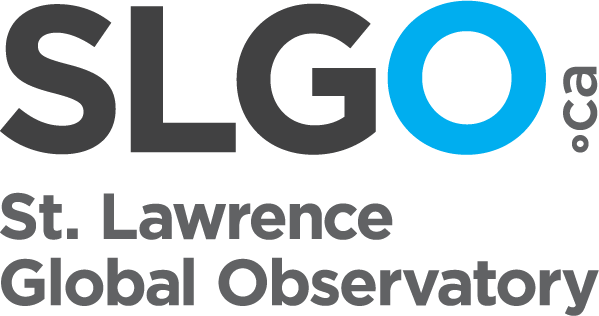The impacts of fisheries activities in the St. Lawrence are evaluated using DFO fisheries logbooks program. While logbooks are not mandatory for all fisheries in the St. Lawrence, they still provide a very thorough overview of the spatial distribution and intensity of fishing activities in the St. Lawrence. The data we used spans 6 years from 2010 to 2015 and details 218323 fishing events (approximately 36387 fishing events per year). There were 31 targeted species and a total of 53 caught species in the dataset.
Fishing activities are performed using a variety of gear types: trap, trawl, dredge, driftnet, hand line, longline, scuba diving, purse seine, seine, beach seine and jig fishing. Intensity of fishing activities was divided among gear types and based on their respective types of environmental impacts. For example, traps and trawls have very different effects on a system. Gear classification was done using the classification presented in Halpern et al. (2008) and Halpern et al. (2015a) and is broken down into 5 distinct classes: demersal destructive (DD), demersal non-destructive low-bycatch (DNL), demersal non-destructive high-bycatch (DNH), pelagic low-bycatch (PLB) and pelagic high-bycatch (PHB). This categorization therefore divides the fisheries data into 5 distinct driver layers characterizing fishing activities. Gear types can also be further classified into fixed or mobile engines based on their mobility. We used these two mobility classes to generate a buffer of impact around each fishing activity coordinates to consider potential spatial uncertainty associated with locations and the fact that mobile engines can be tracted over several kilometers during fishing activities and that we do not have the beginning and end points of mobile fishing events. Buffer sizes for fixed and mobile engine was of 200 and 2000 meters, respectively. To characterize the intensity of fishing activities we used a biomass yield density index. We multiplied the total annual biomass captured in each grid cell, regardless of species, by the proportion of fishing area in each grid cell.
It is possible to consult the scientific report of the eDrivers project: Characterizing Exposure to and Sharing Knowledge of Drivers of Environmental Change in the St. Lawrence System in Canada and the additional data. It is possible to consult the application eDrivers.


